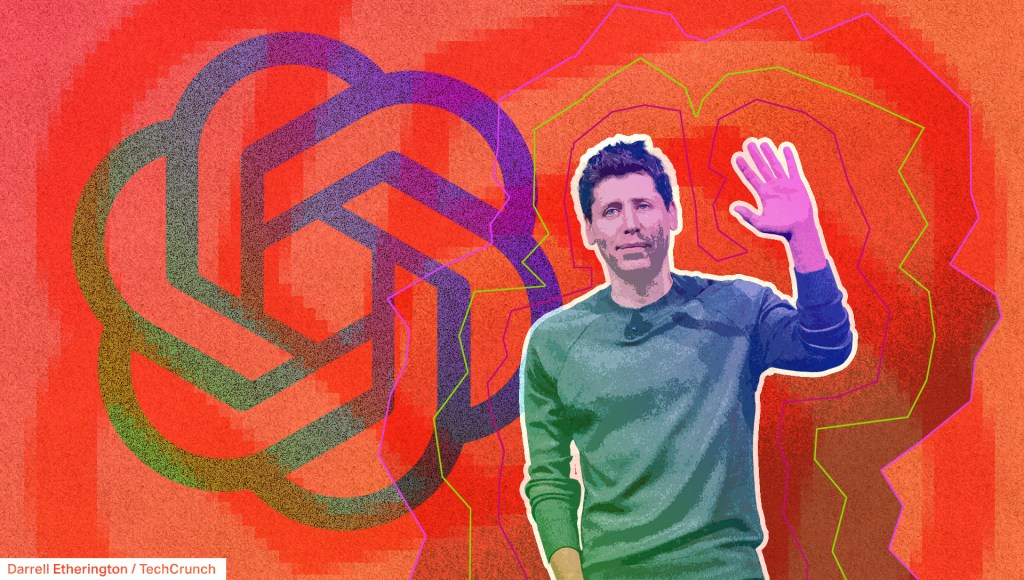

OpenAI’s impressive technology stack led to a wave of startups building on top of its models and offerings.
This is a popular topic on TechCrunch+, where columnists spend considerable time discussing how startups can take advantage of OpenAI. The following subscriber-only articles should serve as a foundation for founders building an AI startup on or off OpenAI’s platform.
As Haje Jan Kamps writes, despite OpenAI’s enticing wrappers, nothing can serve as a substitute for a sustainable company with a solid, standalone product. Dima Kovalenko goes even further by explaining that startups must add AI value beyond ChatGPT integration. As he writes, VCs are already overwhelmed with the inflow of “ChatGPT for X” startups, labeling them as solutions unlikely to survive.
So what are founders to do? TechCrunch’s Ron Miller sees the OpenAI management crisis as an opportunity for challengers to rise and for startups to avoid the dangers of vendor lock-ins.
Chris Ackerson, formerly on the IBM Watson team and now VP of Product at AlphaSense, explains the best ways for a startup to develop a generative AI copilot. The first step? Commit to building the best dataset in the world for the task at hand. All that and more are below, happy reading!
Please note: These articles are only available to TechCrunch+ subscribers. Join or log in here.
Startups learn the hard way that relying on OpenAI’s tech can burn them
A recent update to OpenAI’s ChatGPT that allows users to upload PDFs and ask questions about them has sent ripples through the startup ecosystem. This development poses a significant, if painfully predictable, threat for many companies, particularly for “wrapper startups” that have built their businesses around a feature gap in ChatGPT.
The change serves as an essential reminder to founders and investors: Nothing can serve as a substitute for a sustainable company with a solid, standalone product.
Read more here…
Startups learn the hard way that relying on OpenAI’s tech can burn them
Startups must add AI value beyond ChatGPT integration
The AI hype train is going full swing. At this point, it is hard to name an industry not affected by this disruptive technology. Startups feel these hype waves like no one else as the inventors’ demands rise and competition grows.
It’s becoming increasingly challenging for startups to raise investment without some AI element in their product. So far, ChatGPT integration — relatively easy, affordable, and fast — has been sufficient to keep up with the race and capture a market share. But it looks like this will no longer be the case.
Read more here…
Startups must add AI value beyond ChatGPT integration
Best practices for developing a generative AI copilot for business
Since the launch of ChatGPT, I can’t remember a meeting with a prospect or customer where they didn’t ask me how they can leverage generative AI for their business. From internal efficiency and productivity to external products and services, companies are racing to implement generative AI technologies across every sector of the economy.
While GenAI is still in its early days, its capabilities are expanding quickly — from vertical search, to photo editing, to writing assistants, the common thread is leveraging conversational interfaces to make software more approachable and powerful. Chatbots, now rebranded as “copilots” and “assistants,” are the craze once again, and while a set of best practices is starting to emerge, step 1 in developing a chatbot is to scope down the problem and start small.
Read more here…
Best practices for developing a generative AI copilot for business
OpenAI’s crisis will sow the seeds of the next generation of AI startups
The “traitorous eight,” the PayPal Mafia, and . . . the OpenAI expats?
OpenAI’s meltdown is likely to become the latest installment in what’s becoming a Silicon Valley tradition: turmoil at a leading company spurring a round of employee departures that ends up seeding a fresh crop of startups.
The drama-filled weekend that’s now spilling into this week saw the ouster of co-founder Sam Altman from his role as CEO; the demotion and departure of co-founder, president and board chair Greg Brockman; and a near company-wide mutiny against the board of OpenAI’s nonprofit parent. The letter of no confidence in the board has been signed by over three-quarters of the company’s employees, including CTO Mira Murati, COO Brad Lightcap, chief strategy officer Jason Kwon, and even Ilya Sutskever, the OpenAI co-founder who helped oust Altman and now says he regrets doing so.
Read more here…
OpenAI’s crisis will sow the seeds of the next generation of AI startups
OpenAI mess exposes the dangers of vendor lock-in for startups
If you looked at OpenAI prior to Friday afternoon, it had everything an enterprise buyer (and, for that matter, an investor) could possibly want in a startup: an absolutely killer product in ChatGPT, a rock star CEO and huge potential future revenue.
It looked as stable as any startup could possibly be — until it wasn’t. While the situation remains fluid, it appears that CEO Sam Altman is prepared to drive his tour bus to Microsoft, taking co-founder Greg Brockman and most of his employees with him.
Read more here…
OpenAI mess exposes the dangers of vendor lock-in for startups




